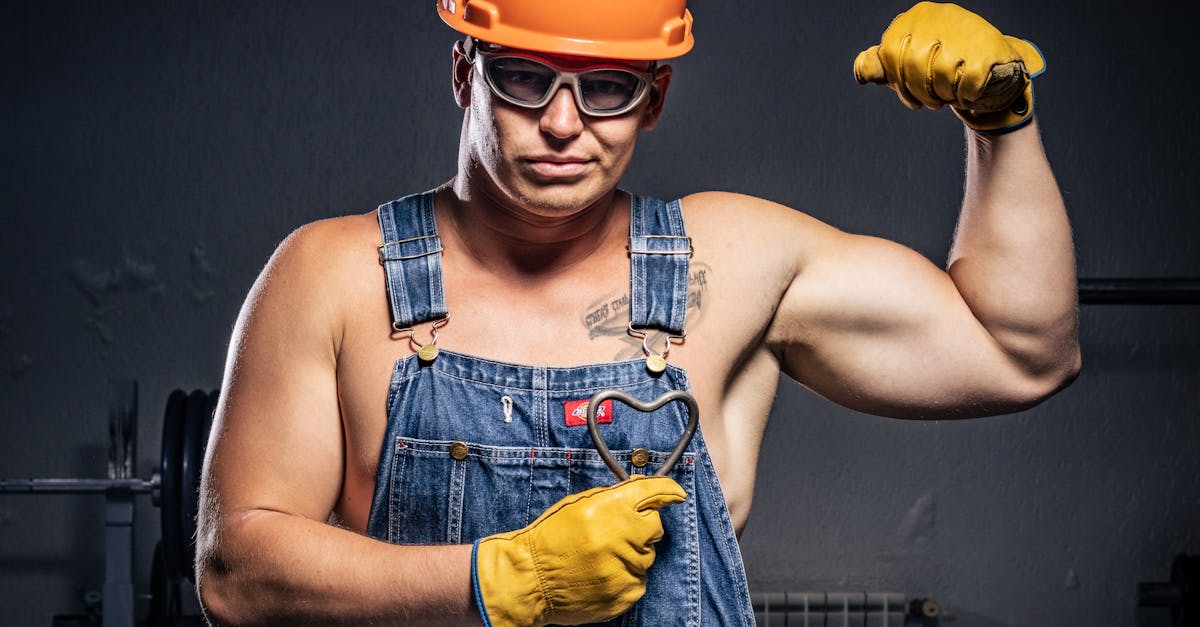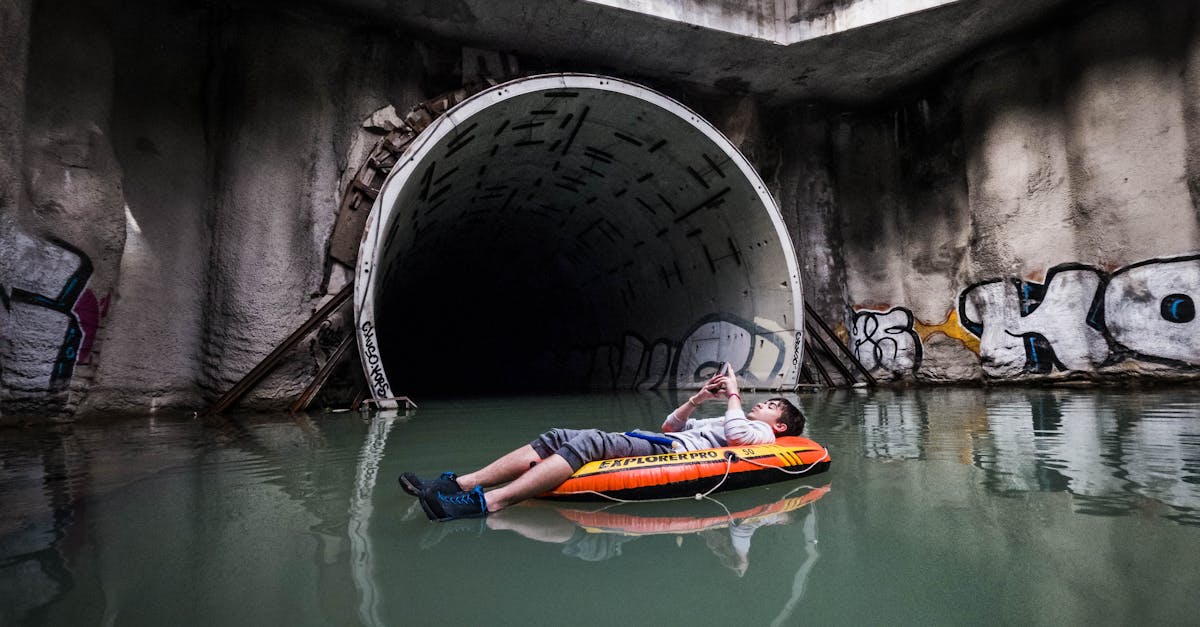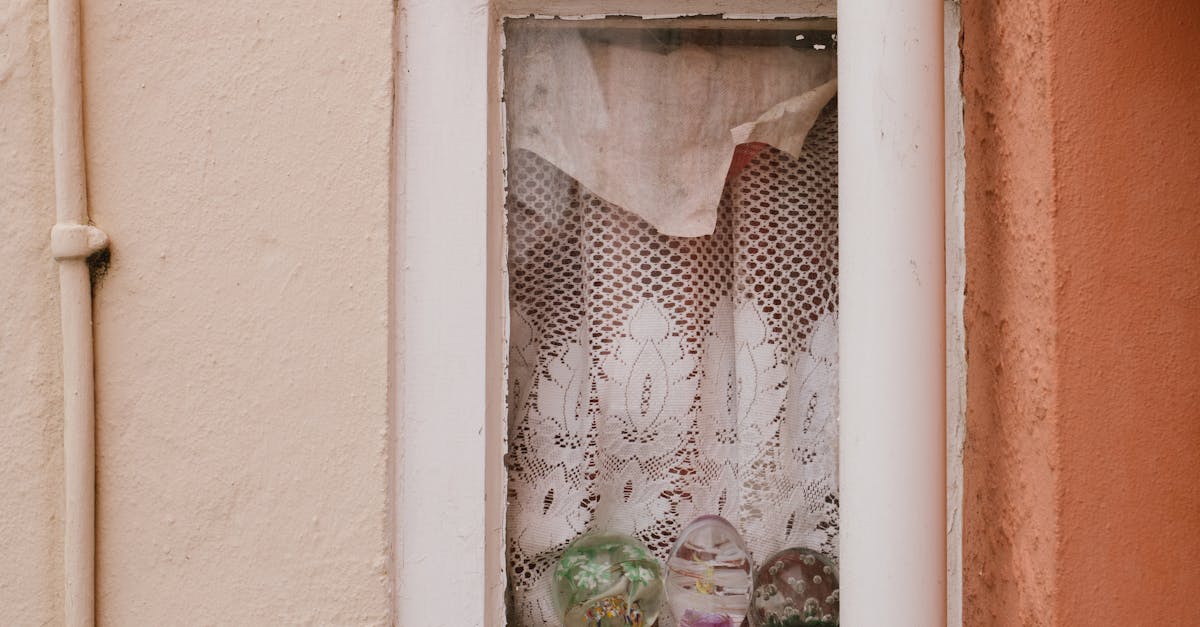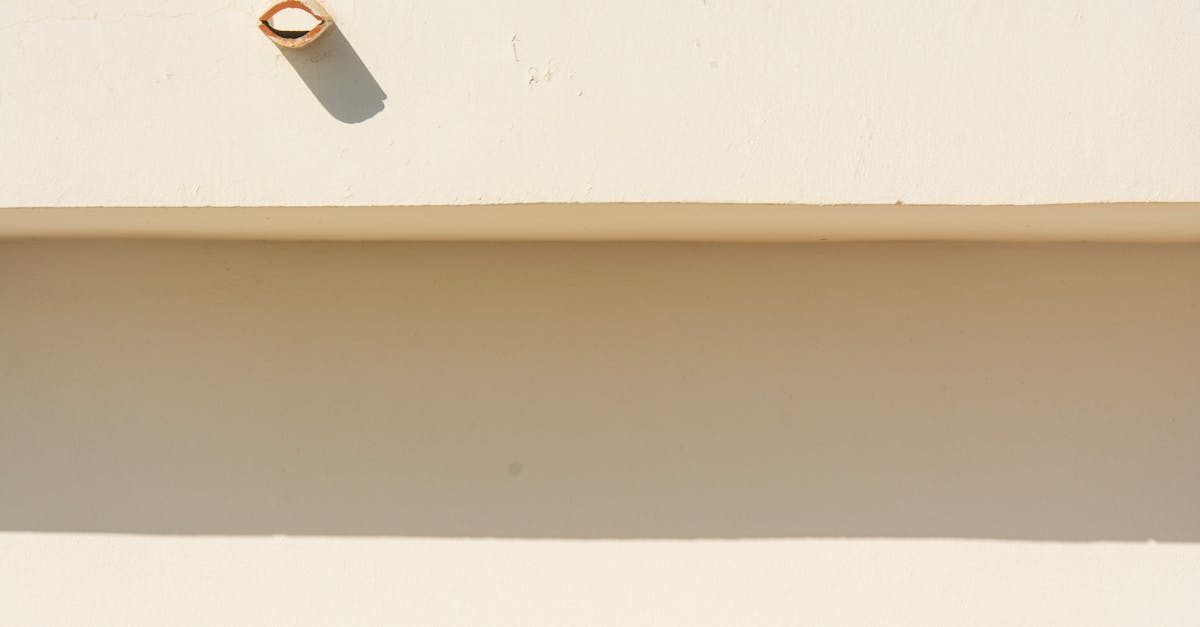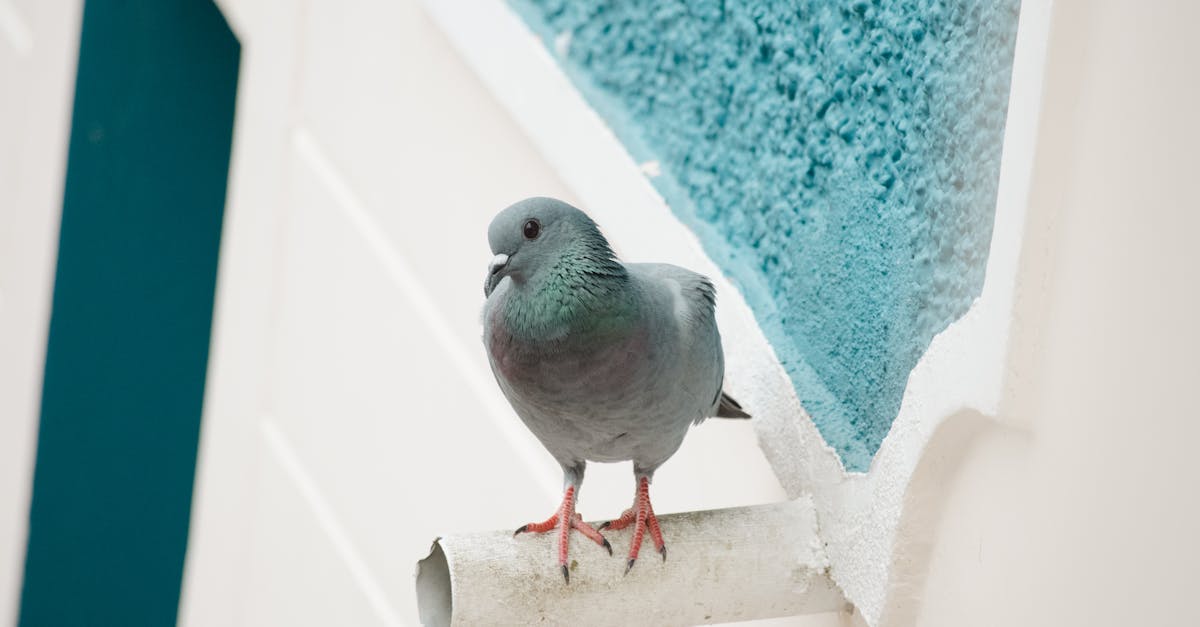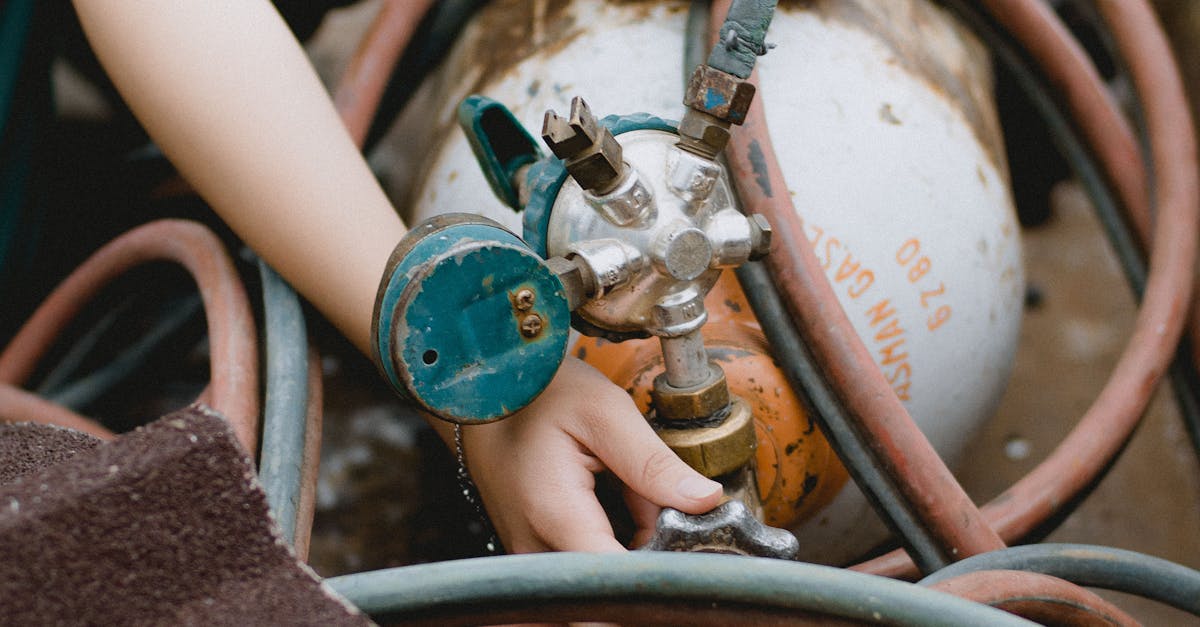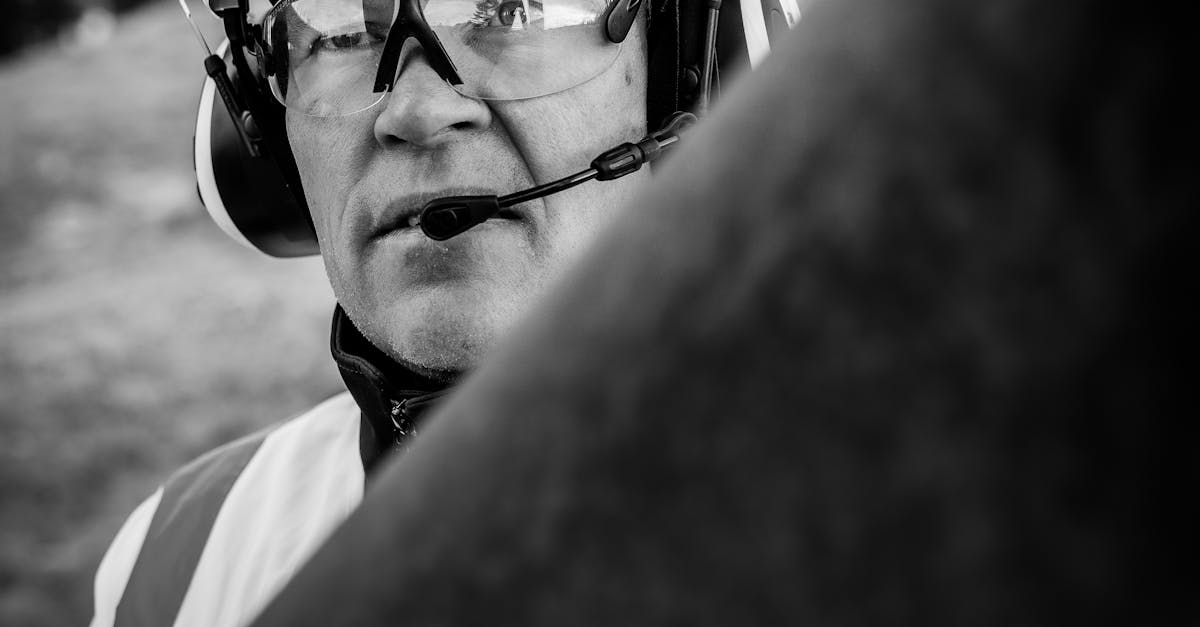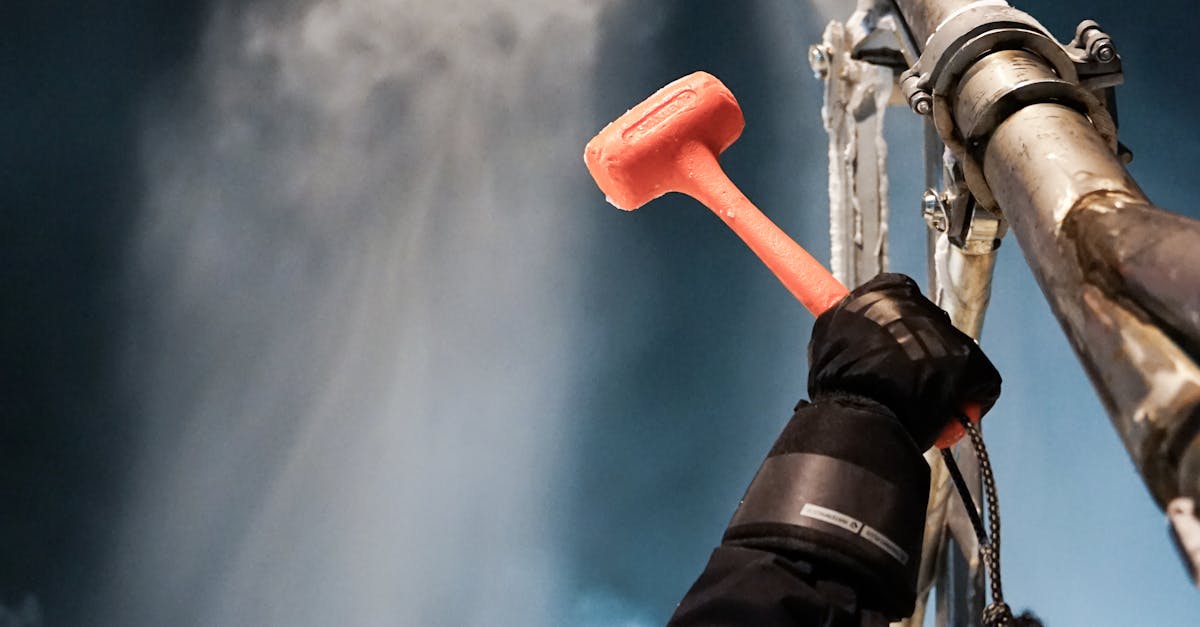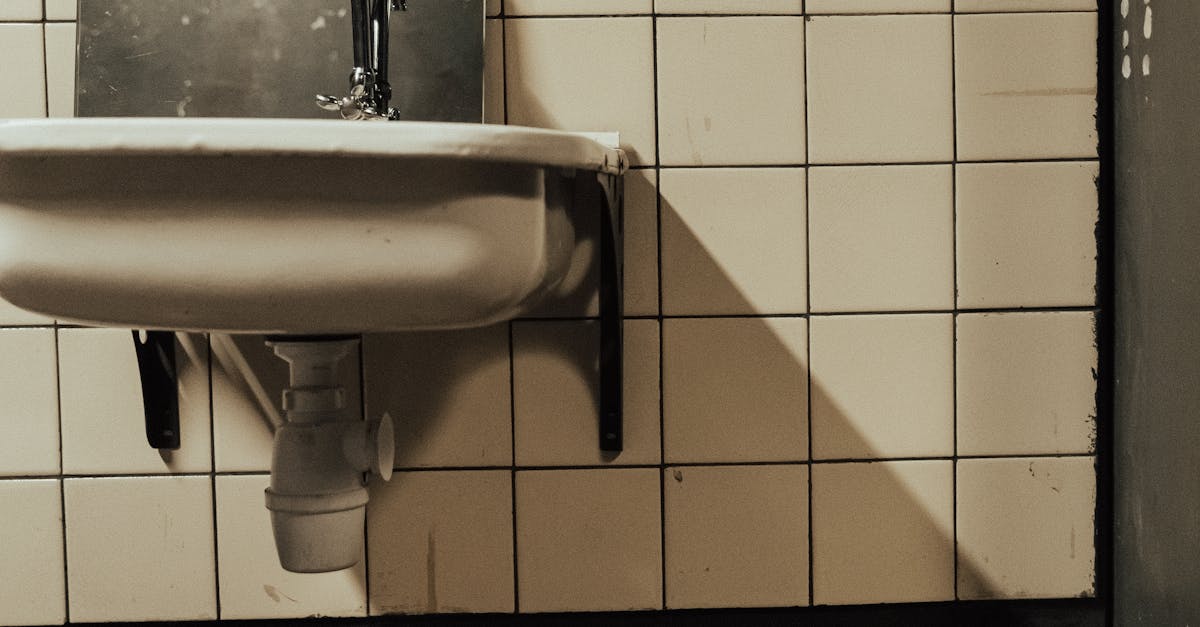
Table Of Contents
Installation Process and Its Impact on Lifespan
The installation process of pipe relining plays a crucial role in determining the overall lifespan of the newly reinforced pipes. During this procedure, a flexible liner is inserted into the existing pipe, creating a new, durable inner layer. This method effectively seals any leaks and fractures, providing a robust solution that can extend the life of the pipes significantly. The quality of the materials used and the precision of the installation directly impact how well the relined pipes will perform over their lifespan.
Proper installation not only enhances durability but also minimises potential issues in the future. If the liner is fitted correctly and adheres well to the original pipe, it can resist corrosion and withstand various environmental factors. Additionally, any blockages or irregularities must be addressed prior to the installation to maximise the effectiveness of the pipe relining. By ensuring these steps are followed meticulously, homeowners can enjoy the benefits of a longer-lasting plumbing system with reduced maintenance needs.
Steps Involved in Pipe Relining
The pipe relining process begins with a thorough inspection of the existing pipes, often using video cameras to identify blockages, cracks, or any other damage. Once the condition of the pipes is assessed, the area is prepared for relining. This preparation may involve cleaning the pipes using techniques such as hydro jetting to remove debris and ensure that the smooth application of the relining material can occur.
After the pipes are cleaned, a flexible liner is coated with a resin and inserted into the damaged pipe section. This liner is then inflated, allowing the resin to adhere closely to the walls of the existing pipe. Once the liner is in place, it is cured using either water or ultraviolet light, solidifying the resin to form a new, durable pipe within the old one. This method greatly reduces the need for digging and significantly shortens the time required to complete the necessary repairs.
Maintenance and Care for Relined Pipes
Proper maintenance and care for relined pipes are essential to ensure their longevity and effectiveness. Regular inspections can help identify any potential issues early, preventing more significant problems down the line. Using non-corrosive cleaning agents is crucial, as harsh chemicals can damage the lining and reduce its lifespan. Additionally, keeping an eye on drainage performance will allow homeowners to recognise changes that might indicate underlying issues.
Another important aspect is to avoid putting excessive weight on the ground above the relined pipes. Heavy equipment or landscaping can create stress on the pipes, leading to cracks or other damage. Monitoring the surrounding area for signs of ground movement or water pooling can also be beneficial. By following these maintenance tips, homeowners can maximise the lifespan of their pipe relining and maintain optimal functionality.
Best Practices to Extend Lifespan
To prolong the lifespan of relined pipes, regular inspections are essential. Homeowners should consider scheduling these assessments at least once a year. Experienced professionals can identify potential issues early, ensuring that any necessary maintenance is performed promptly. Maintaining clear access to the pipes is also crucial, as overgrown vegetation or accumulated debris can create obstructions that might lead to damage over time.
Another effective practice involves being mindful of what is flushed down the drains. Certain materials, such as wipes, grease, and heavy solids, can put undue stress on pipes, even those with pipe relining. Educating all household members about proper usage can significantly reduce the risk of clogs and damage. Additionally, opting for gentle cleaning products and avoiding harsh chemicals helps to preserve the integrity of the lining, contributing to the overall longevity of the system.
Environmental Impact of Pipe Relining
Pipe relining presents a more eco-friendly option compared to traditional pipe replacement methods. It significantly reduces the amount of excavation required, which in turn minimizes soil disruption and the associated environmental consequences. This method conserves resources by using existing pipes, avoiding the need to produce and transport new materials. As a result, pipe relining demonstrates a commitment to reducing the carbon footprint associated with conventional plumbing repairs.
Moreover, the materials used in pipe relining are often designed to be durable and long-lasting. This longevity lessens the frequency of repairs and replacements, contributing to a decrease in waste generated by plumbing systems. As communities seek more sustainable infrastructure solutions, pipe relining stands out for its effectiveness in maintaining functional water systems while also addressing environmental concerns.
Sustainability Considerations
Pipe relining offers a more sustainable solution compared to traditional pipe replacement methods. The process reduces waste, as it often involves minimal excavation and disturbance to existing landscaping. By rehabilitating existing pipes rather than replacing them, local landfills receive less debris, which is increasingly important in urban areas with limited waste management resources.
Additionally, pipe relining extends the lifespan of existing infrastructure, contributing to overall resource conservation. The materials used in relining are often durable and resistant to corrosion. This longevity reduces the frequency of repairs and replacements, ultimately leading to a lower carbon footprint associated with manufacturing new materials and the energy required for transportation and installation. As communities prioritise sustainable practices, pipe relining stands out as a proactive approach to managing water infrastructure while minimising environmental impact.
FAQS
What is the typical life expectancy of relined pipes?
The typical life expectancy of relined pipes can range from 50 to 100 years, depending on factors such as the materials used and environmental conditions.
How does the installation process affect the lifespan of relined pipes?
The installation process is crucial as it ensures that the relining material adheres properly to the existing pipe structure. A well-executed installation can significantly enhance the lifespan of the relined pipes.
What maintenance is required for relined pipes to ensure longevity?
Regular inspections and maintenance, such as clearing blockages and monitoring for any leaks, can help ensure the longevity of relined pipes. It is also advisable to avoid chemical cleaners that can damage the lining.
Are there specific best practices for extending the lifespan of relined pipes?
Yes, best practices include avoiding the disposal of inappropriate materials down the drains, maintaining proper water flow, and scheduling regular maintenance checks to catch any potential issues early.
What are the environmental benefits of pipe relining compared to traditional pipe replacement?
Pipe relining is often more environmentally friendly as it reduces the need for excavation, minimizes disruption to landscapes, and typically uses fewer raw materials, contributing to lower overall environmental impact.
